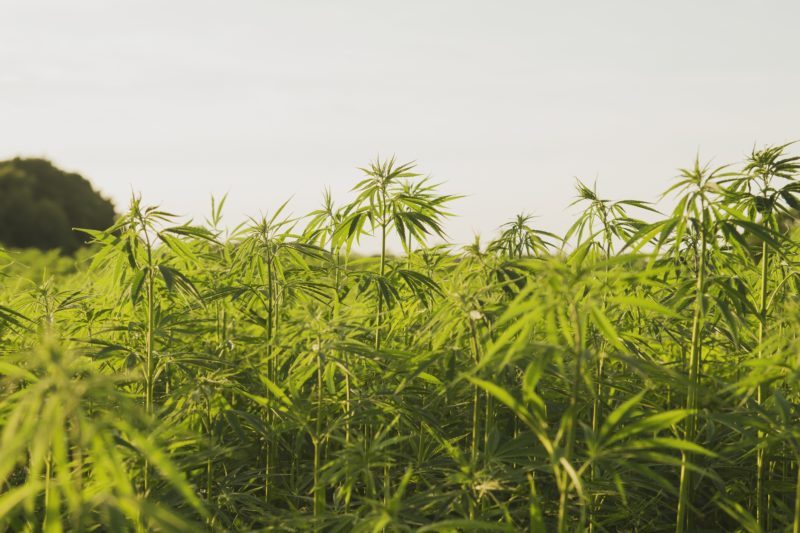HPR quoted Shelley Choy, agriculture department hemp program coordinator, as saying that this is part of a difficult research process: “It’s honestly expected and fairly routine [to grow a plant testing above the limit] in the sense that it is really hard to grow a plant that is 0.3% or below, and it is also really difficult in Hawaii because we have a really unique climate and photoperiod as compared to other states. Genetics which work in other states don’t necessarily work the same here, and it is all experimental.”
Related: National Credit Union Issues Guidance Related to Hemp Organic Growers Summit to Address Soil Management, Hemp and More Florida Hemp Council to Promote “Good Actors” in State’s Booming Hemp/CBD Industry
Choy added that hemp strains ideal for high cannabidiol (CBD) tend to also have higher THC levels—and since, as HPR notes, most of the business interest is in producing CBD products for the wellness industry, this makes for a difficult balancing act.In Hawaii, the approach to CBD enforcement is to educate rather than to fine retailers, according toanother article by HPR. Health officials have visited over 100 establishments carrying CBD products to discuss facts about cannabis-based products, including CBD—and this educational effort has been the only CBD enforcement so far. Lori Nagatoshi, program manager of Hawaii’s Department of Health’s Food and Drug branch, has said that the agency is still deciding when to impose fines, which can reach up to $10,000 per violation per day.











